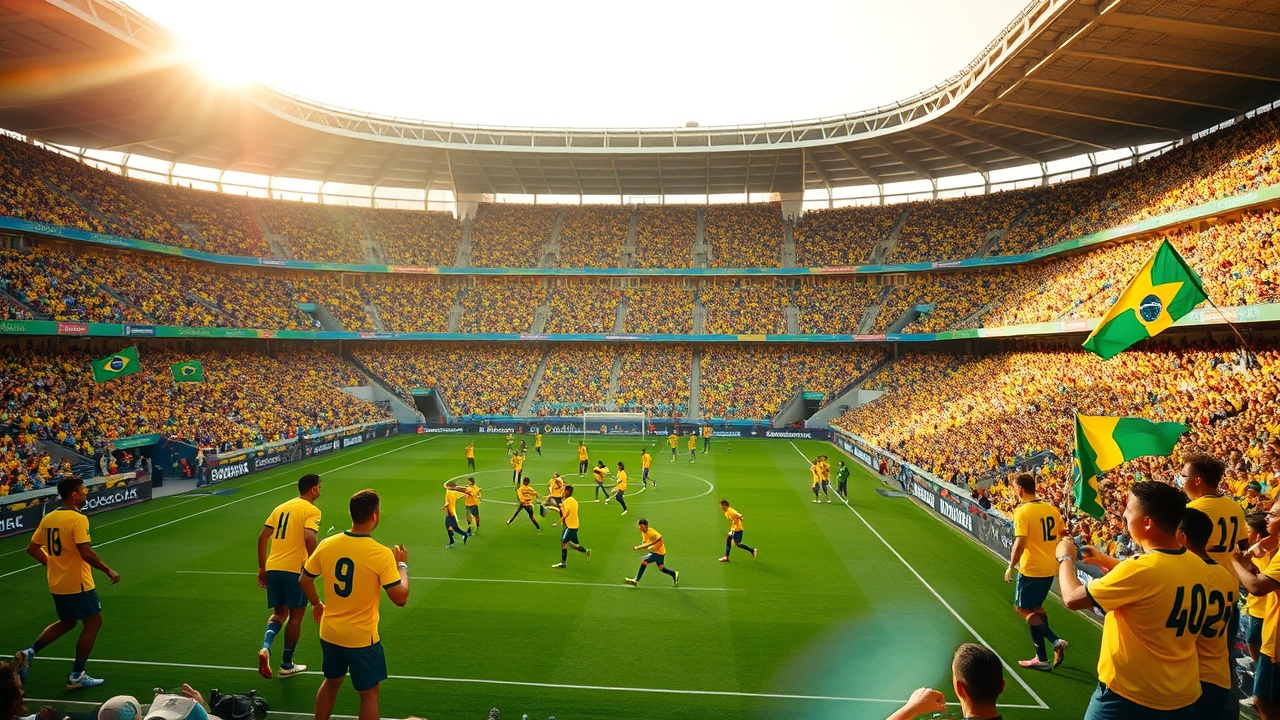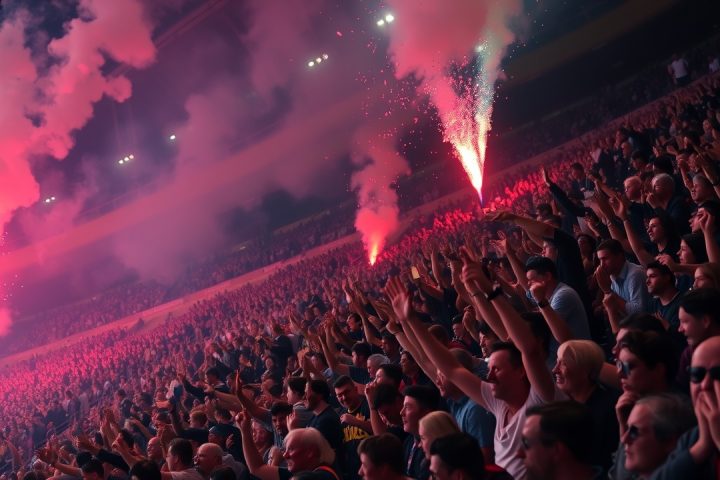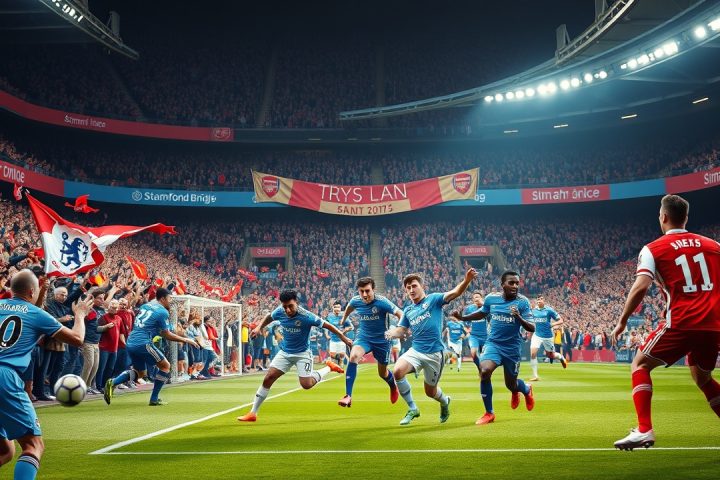FIFA Club World Cup in Brazil
The recent FIFA Club World Cup held in Brazil proved not only to be a triumph for the nation’s football teams but also for the fervent Brazilian fans who created an electrifying atmosphere throughout the tournament. This event showcased a departure from mere preseason games; it became a central topic of discussion across various locales—from public transport stops to supermarket queues. In what resembled a mini-World Cup, teams like Palmeiras, Flamengo, Fluminense, and Botafogo progressed through the matches, providing local fans four opportunities to celebrate in a brief span of three days.
Domestic Talents Shine
Contrary to the Brazilian national squad normally filled with stars primarily plying their trade in Europe—often unfamiliar to the average fan—this tournament spotlighted domestic talents who play week in and week out in Brazil’s vibrant league. Unlike the annual FIFA Intercontinental Cup, which often leads to disheartening outcomes for Brazilian clubs due to timing and conditioning, the Club World Cup fell perfectly in line with Brazil’s football calendar. Clubs were in peak season form, and they harnessed this advantageous timing, reminiscent of Olympic athletes preparing meticulously for their moment in the spotlight.
Mixed Outcomes and Financial Disparities
Despite the excitement, outcomes were mixed. Botafogo found themselves parting ways with their coach shortly after a sensational victory over Paris Saint-Germain, while Flamengo and Palmeiras faced turmoil following early tournament exits that saw Fluminense unexpectedly reach the semifinals.
On a positive note, Brazilian football displayed its capacity to measure up against the world’s best. The elimination of Fluminense by João Pedro, a former youth player who now shines for Chelsea, underscored the financial disparities between South American and European football. To illustrate, Uruguayan forward Agustín Canobbio was Fluminense’s most expensive signing this year at €6 million, highlighting the stark contrast to João Pedro’s €11.5 million transfer fee to Watford in 2020, which generated a remarkable €100 million in fees since.
Talent Outflow and Adaptation
Brazilian football is confronted with a continual outflow of talent, a trend exemplified by the transfer of local star Estêvão to Chelsea and the moves of Igor Jesus and Gerson to Nottingham Forest and Zenit St. Petersburg, respectively. Nonetheless, teams are adapting by leveraging transfer proceeds to lure back experienced players from Europe or scout talent across the South American continent. Clubs now are also tapping into resources from neighboring nations, with non-Brazilian players like Uruguay’s Giorgian de Arrascaeta becoming key assets.
Emerging Stars and Coaching Trends
One standout in the Club World Cup was Colombian midfielder Jhon Arias, while newcomer Álvaro Montoro from Argentina’s Velez Sarsfield showcased promise for Botafogo. The trend of foreign signings is on the rise, with more attention being placed on Argentine and Portuguese coaches introducing new strategies and styles to Brazilian teams. The shift initiated by Jorge Jesus‘s arrival at Flamengo in 2019 marked a turning point, inspiring clubs to integrate fresh ideas that have begun to yield stability and success on the field.
Challenges in the Domestic League
However, challenges remain for the Brazilian domestic league. The clubs lack autonomy over their league structure, resulting in burdensome match schedules that lead to an exhausting calendar. Incredibly, Brazilian clubs often endure more games than their European counterparts, which has led to criticism regarding the quality of playing surfaces and league organization. Recent matches, including a grim encounter between Palmeiras and Botafogo, pointed to significant areas for improvement within the league’s competitive framework.
Future Aspirations
Despite these concerns, the Club World Cup confirmed Brazil’s potential to elevate its domestic product into a globally appealing spectacle. The excitement generated by Brazilian teams has raised questions about future competitions, potentially reviving the long-discussed idea of a Pan-American championship. With current dominance in the Copa Libertadores—including consecutive titles and all-Brazilian finals—Brazilian clubs are poised to seek new horizons beyond South America. The recent clashes with MLS teams, featuring compelling matches against Seattle Sounders and Inter Miami, are likely to fuel aspirations for more inter-continental football fixtures, bridging gaps within North and South American football landscapes.
In light of recent performances, particularly by famed rivals Boca Juniors and River Plate disappointing at the Club World Cup, Brazil’s clubs are definitively setting a higher benchmark in South American football, with an eye on future endeavors that could reshape the game’s dynamics in the region.




